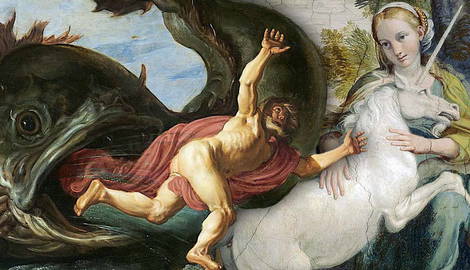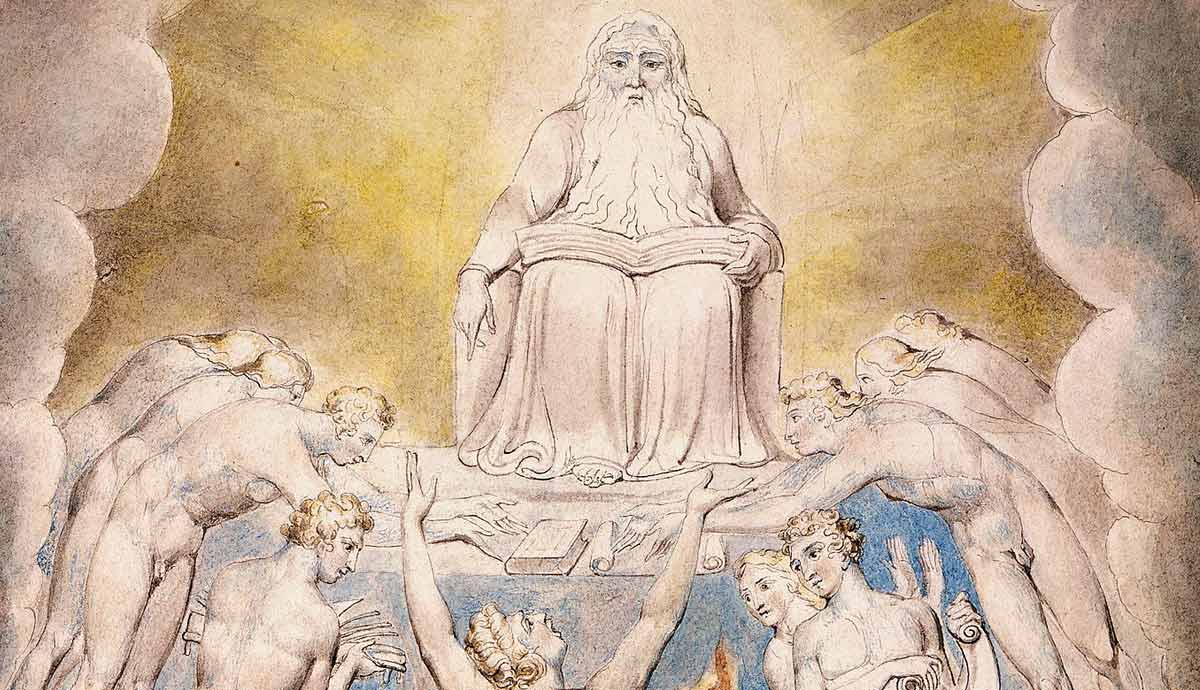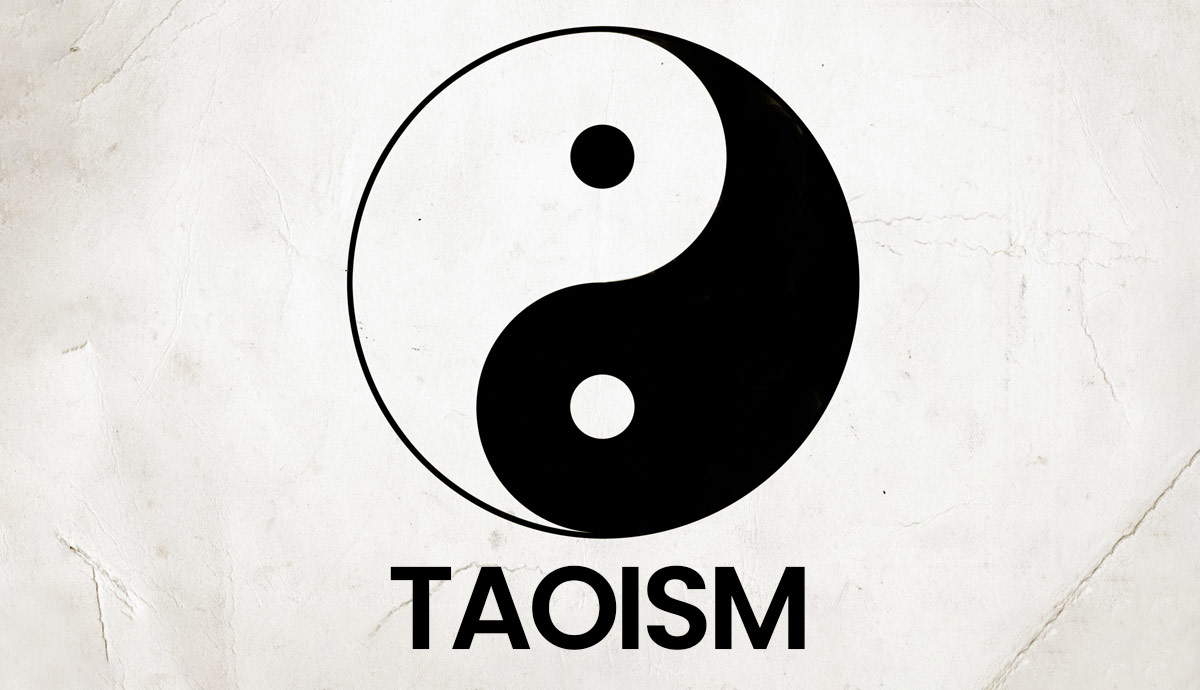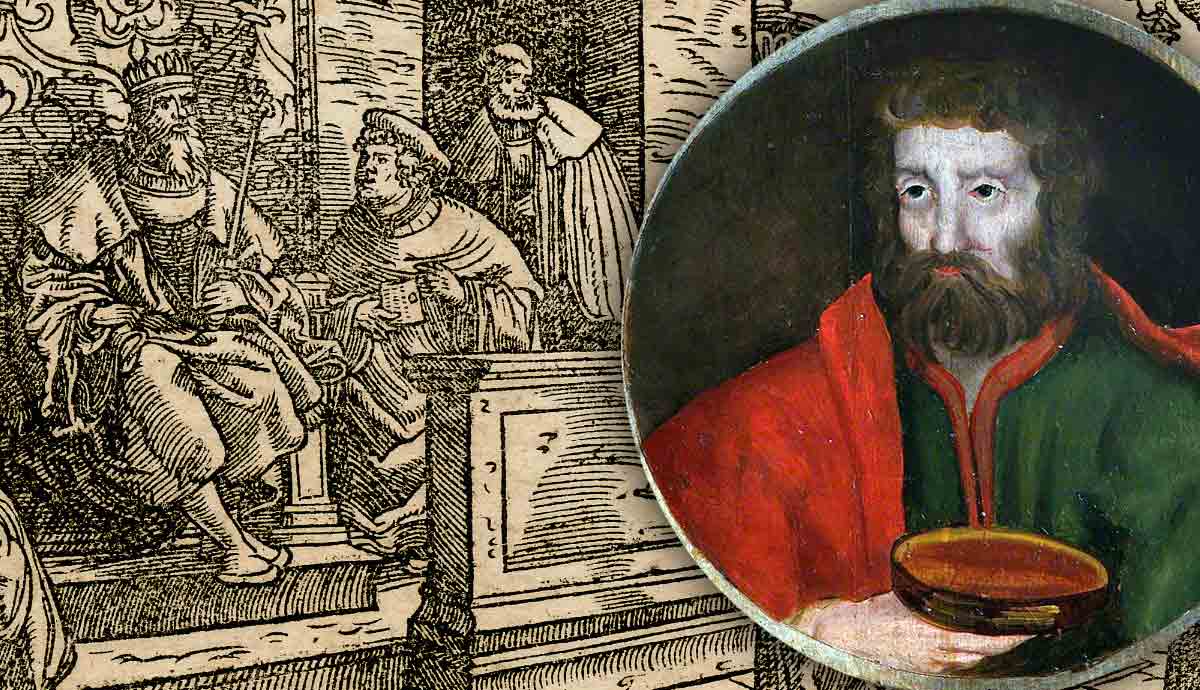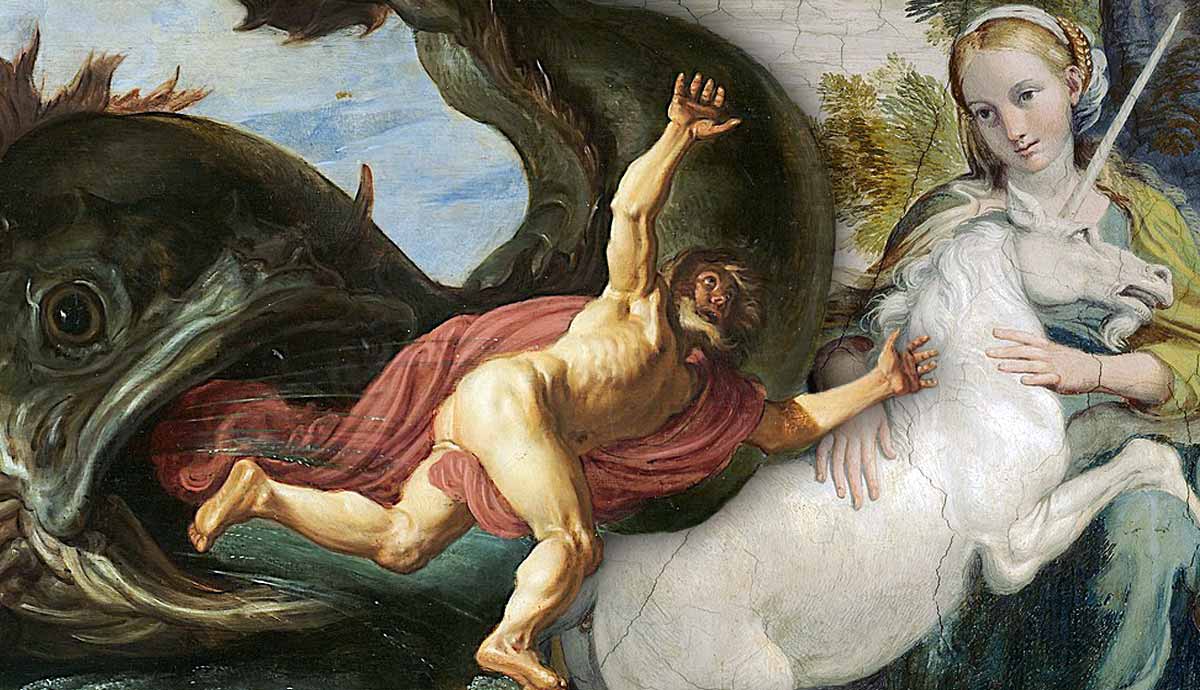
The Hebrew Bible is full of mythic creatures—both animal and human. Some of these are not meant to refer to real species and everyday specimens. It is likely that several have a natural origin that was mythologized due to different factors. Some authors and translators simply lacked a modern, scientific explanation for what they knew at the time. Others embellished these creatures for poetic impact or prophetic symbolism. But there are times when natural explanations seem stretched and speculative. Where does fact end and fantasy start?
Supernatural Creatures in the Bible
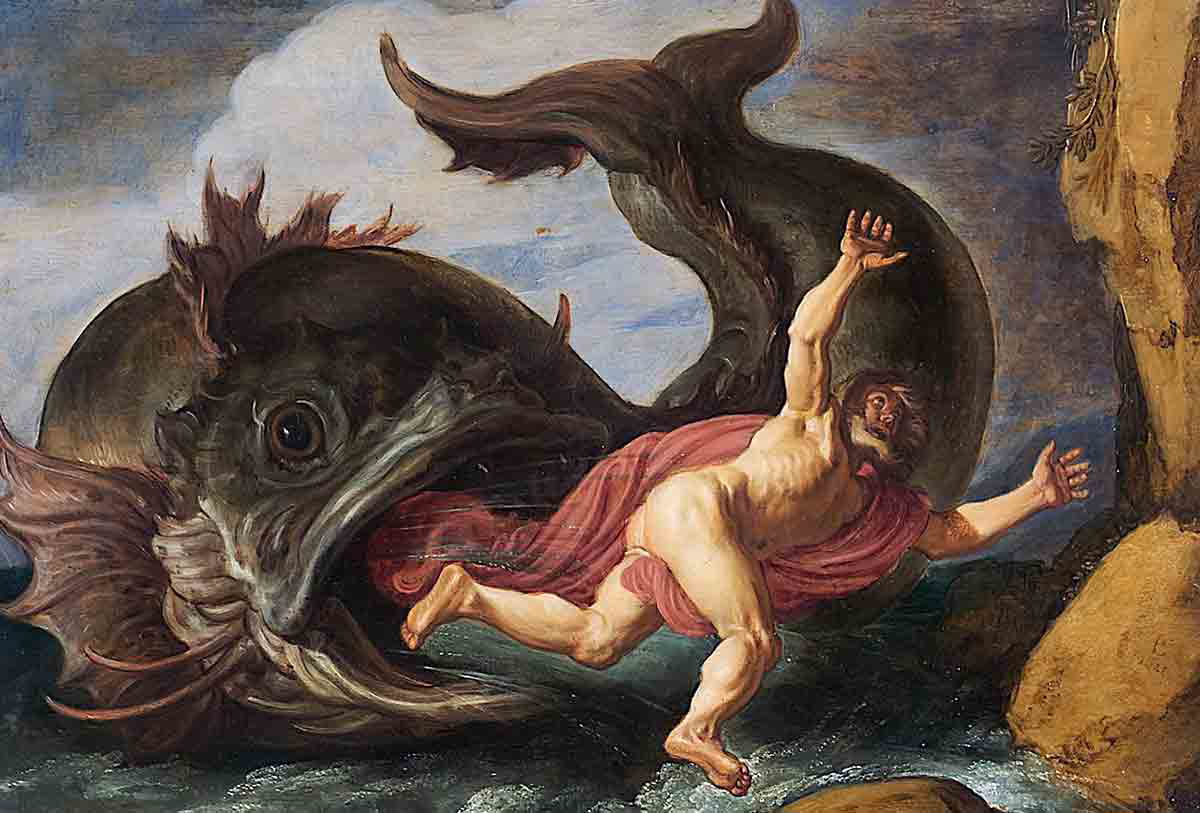
Some creatures mentioned in the Bible are natural animals we can identify today but are unique due to the miraculous or extraordinary circumstances surrounding them. Examples include the talking snake of Eden and the talking donkey of Balaam. Another is the famous whale or great fish that God prepared to swallow the prophet, Jonah. These are not mythical creatures in terms of their species. They only stand out due to their place in a singular event.
Then there are other creatures described in the Bible that are clearly mythical but are not meant to be taken literally. They only exist in the fantastic imagery of the Bible’s apocalyptic writings. These are the books of the Bible that deal with end-time prophecies and take the form of wild visions. They consistently employ explicitly symbolic language. Examples include the four fantastic, hybrid animals in Daniel 7, and the Great Red Dragon and Beast from Revelation.
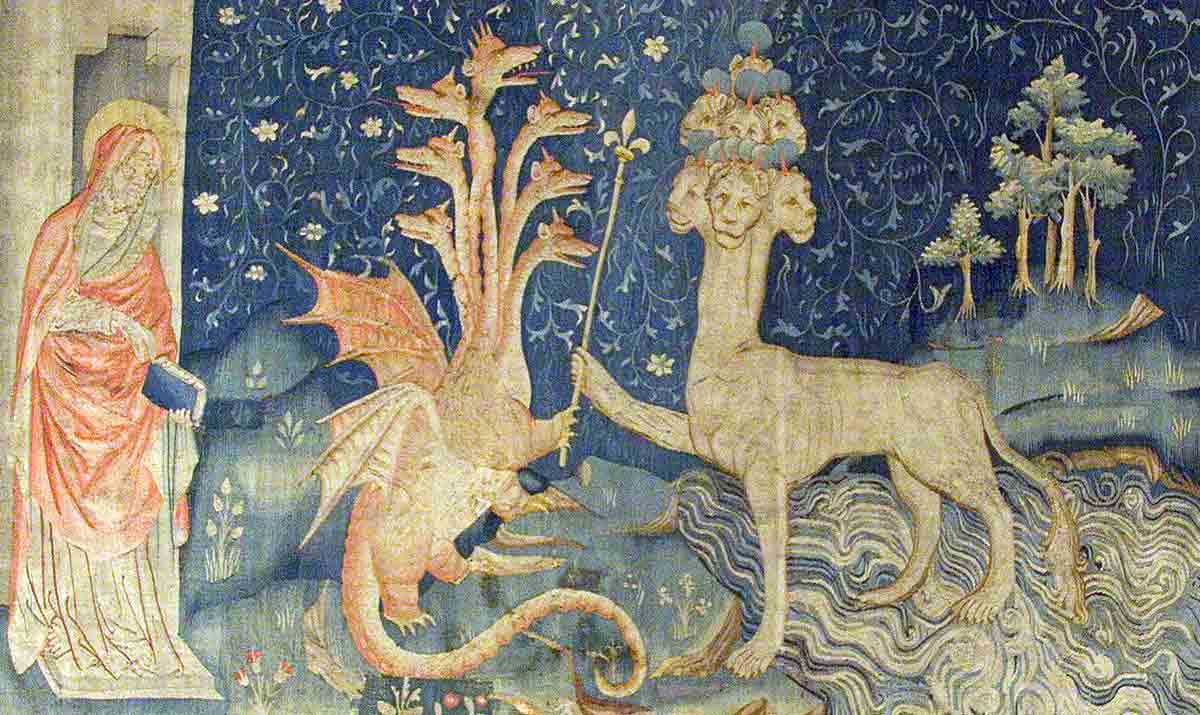
This article will look at the mythical creatures in the Bible—animal and human—that the ancient Hebrews thought of as truly existing. English Bible translators incorporated the names of these mythical creatures into the text. The general argument here is that ancient people might have observed creatures like those named but misunderstood and mythologized them. These references are likely based on real animals and humans but with added prescientific or poetic elements to suit literary needs.
The Basilisk and Cockatrice
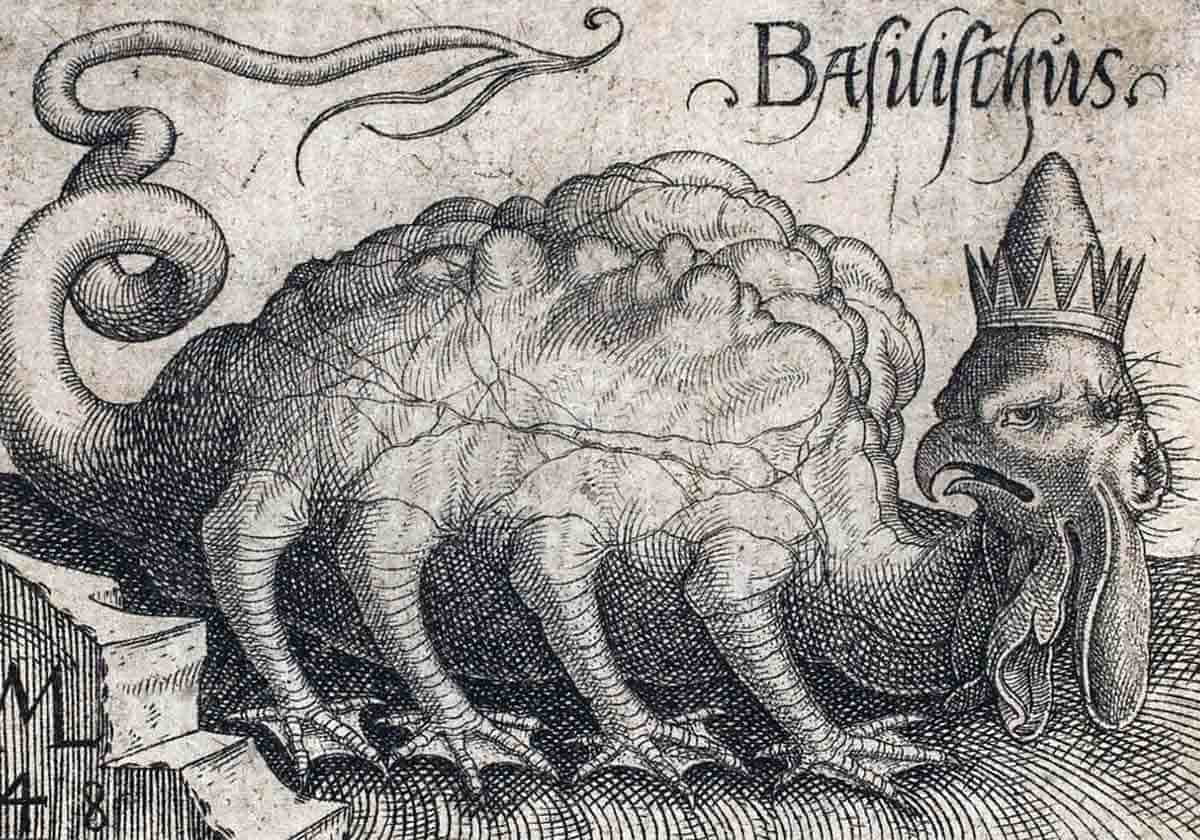
The Basilisk is a beast in European myth that is essentially reptilian in nature. For this reason, it is often associated with legends about dragons and sea serpents, although the basilisk is much smaller. It was considered highly venomous, with a gaze that could kill. There are accounts that give the basilisk some characteristics of cockerels. Generally, the basilisk and cockatrice are considered the same animal.
References to the cockatrice in the Bible are fascinating. Isaiah mentions them in connection with “flying” (winged or darting) serpents and poisonous eggs (14:29; 59:5). The most telling reference is in Jeremiah when Jeremiah threatens that God will send cockatrices that “cannot be charmed” which are guaranteed to bite (8:17). Snake charming is mentioned elsewhere in the Bible (e.g. Psalm 58:4-5).
For this reason, some think that the cobra is the animal behind the mythical basilisk. A hooded, upright cobra may have looked like a strange, hybrid species of reptile to an ancient people. It spits venom from a head that is marked like two eyes. It lives in the desert and is often associated with royalty. The name “basilisk” derives from a Greek word that means little king or small prince. That is why it was often portrayed with a crown.
The Behemoth
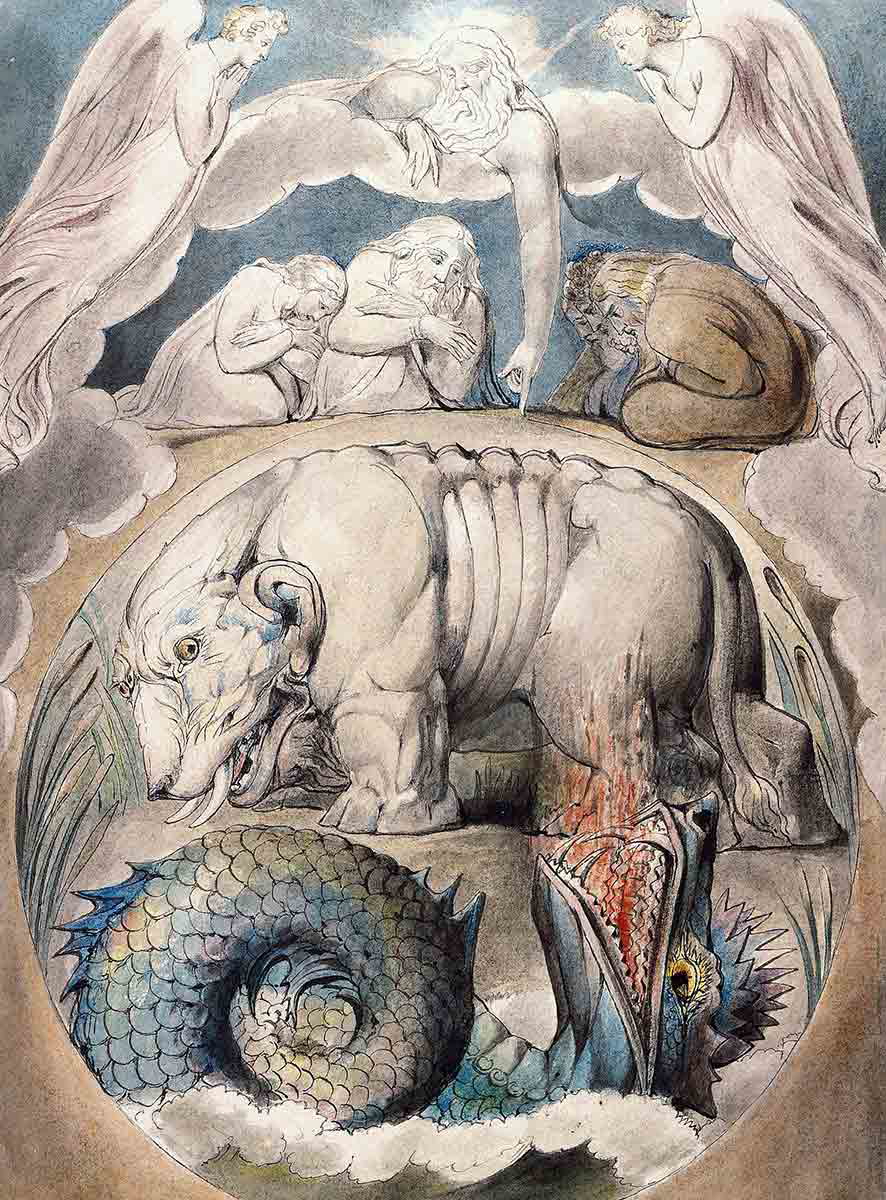
The Behemoth is one of two large and monstrous creatures mentioned at the end of the Job, the other being the more famous Leviathan. Like the Leviathan, various attempts have been made to identify the Behemoth with a real-world animal. And again, like the Leviathan, the name “Behemoth” has come to refer to any entity of great size and power. In fact, one possible meaning of the name in Hebrew is “great beast.”
The Behemoth is described in Job 40 as a huge, herbivorous animal with a strong center of mass that lives near swamps and rivers. This naturalistic rendering was mythologized in later Jewish traditions, which relate both the Behemoth and Leviathan to events that supposedly take place in Eden and the end times. Modern commentators tend to identify the Behemoth with the hippopotamus, although elephants and water buffalos are also possible candidates. Some creationists find the description to fit better with sauropod dinosaurs.
The Unicorn
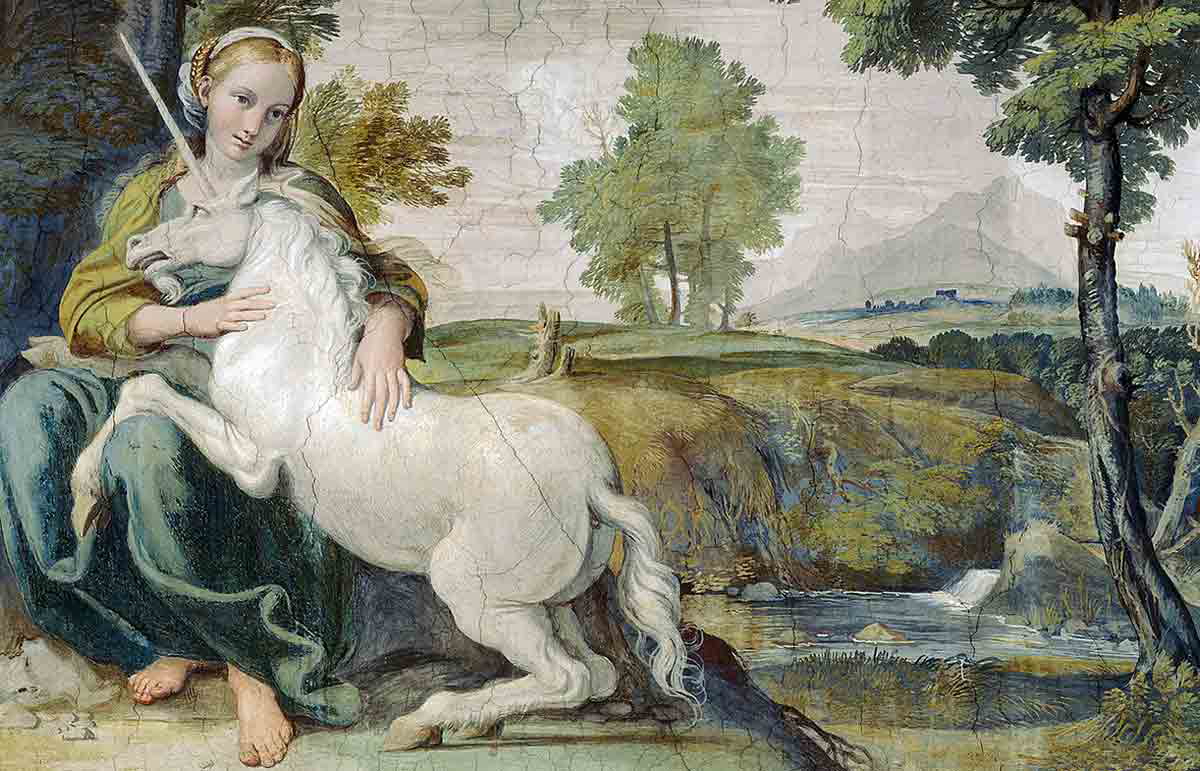
The European myth of the unicorn as a white horse with a single horn is far away from any biblical creature. But the word “unicorn” does appear several times in older Bible translations. For example, the King James or Authorized Version (1611) includes this mythical creature in its translation of Job 39:9: “Will the unicorn be willing to serve thee, or abide by thy crib?”
Most modern versions translate this and other references to unicorns in the Bible as “wild ox” or “wild bull.” This makes sense given what the verse in Job implies about domestication, and what the next verse says about the animal plowing fields. However, some of the Catholic transitions render the word “rhinoceros,” perhaps due to a desire to identify the animal as one with a single prominent horn.
What is interesting is that other references to unicorns in English Bible translations do so in verses that emphasize a creature with powerful horns. These horns are dangerous, able to gore multiple people at once (Deuteronomy 33:17) and from which humans need rescuing (Psalm 2:21). Some commentators apply these and similar verses to animals from the buffalo to the antelope.
The Ziz
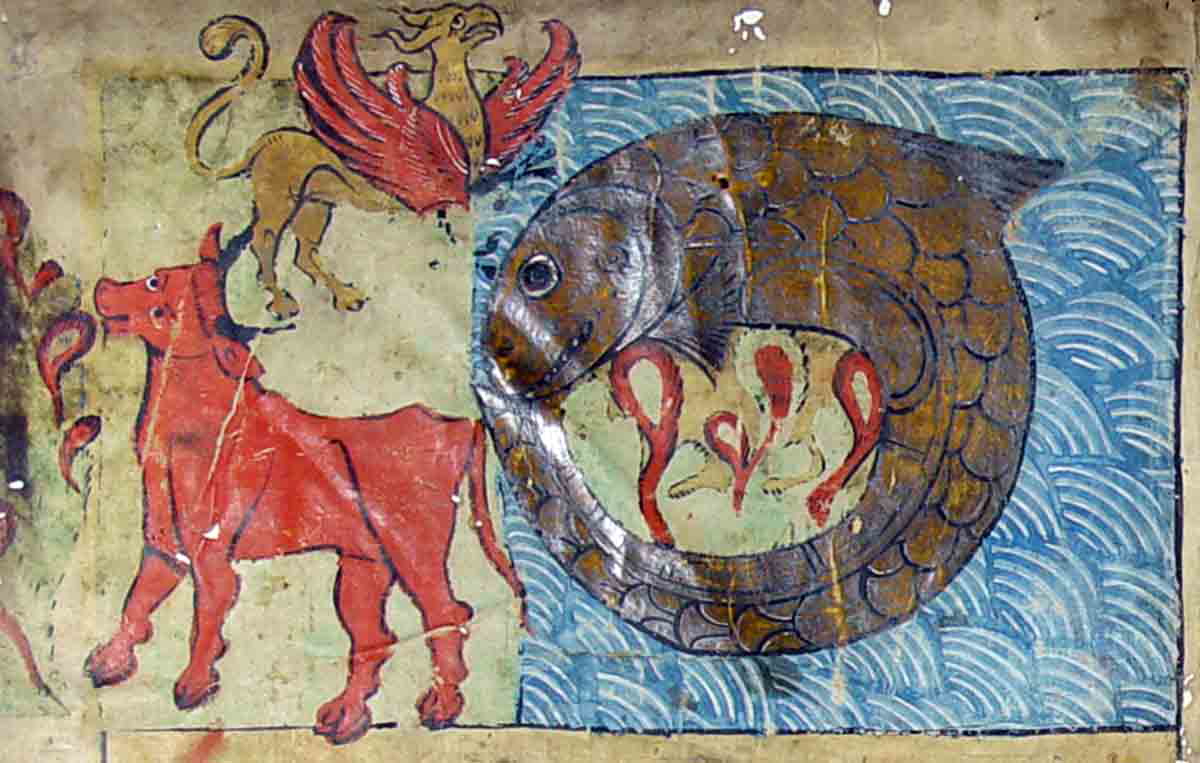
The Ziz is a bird from Jewish mythology that somewhat resembles the Persian griffin or the Greek phoenix. It has a huge wingspan that is wide enough to block out the sun. Rabbinic literature says that the Ziz stands in water and flies high over the sea. Mention is also made of its loud call and large eggs. These are all exaggerated to massive proportions. But it remains true that seabirds like the albatross have the largest wingspan of any bird type. Other water-based birds with large wingspans like pelicans, swans, and storks are all mentioned elsewhere in the Bible.
The Ziz is lord of the air, as the Behemoth rules the land and the Leviathan the water. Unlike those two other creatures, the Ziz is not mentioned by name in any English translation of the Old Testament. It is a Hebrew word that simply means “that which moves,” conveying the idea of something that is vibrant, mobile, and full of life. One use of the word in Psalms relates this creature to birds and flying beasts (50:11), while the other (80:13) suggests it is a predatory or aggressive creature, possibly referring to an eagle, vulture, or buzzard.
Humanoid Creatures

As well as these mythic members of the animal kingdom, there are other mythic creatures in the Bible that seem to fit more readily with members of the human species. The most obvious examples of these are the giants mentioned in the Bible, some by race and others by name. Giantism or gigantism is a recognized medical disorder in modern science. It is also acknowledged that ethnicity and genetics play a part in the higher-than-average height of some human subgroups.
It is interesting that the Bible relates giantism to other genetic defects, such as polydactylism, the medical condition of being born with extra digits. In a story where David’s soldiers are fighting “those descendent from the giants,” they come across a “man of great stature” with six fingers on each hand and six toes on each foot (1 Chronicles 20:6). Another warrior killed two “lionlike men” (11:22), which may refer to their status as champions, their lineage, their size—the next verse mentions a giant—or some other physical trait, such as hypertrichosis (excessive hair growth on the body).
Creatures of the Night

Examples of mythical creatures become more complicated and difficult to explain in natural terms when they start to verge into the realm of the paranormal. Two verses in the Book of Isaiah describe the activities of desert creatures and nocturnal animals. They mention jackals and wolves, owls, and wild goats. The problem comes when some versions interpret these shaggy goats as “satyrs” because of their nighttime dancing and frolicking (13:21). These goats call out to the “night monster” (34:14) who rests there, which in the Hebrew is “Lilith”!
Are these ordinary nocturnal creatures? Or are they mythic woodland gods and female night demons? Or, could it refer to humans who lived outside of society, either by choice or due to mental conditions? For example, Daniel describes a time when King Nebuchadnezzar became mentally ill and was “driven away from human society.” He ate grass like a cow, with long hair resembling feathers and nails as claws (Daniel 4:33).
Here, modern distinctions between the mythic and the scientific, the poetic and the literal, do not seem to apply easily. The ancient Hebrews did not divide the world into two separate realms as we do. This fact reminds us that attempts to find a purely natural explanation behind mythical creatures in the Bible can only take us so far.
